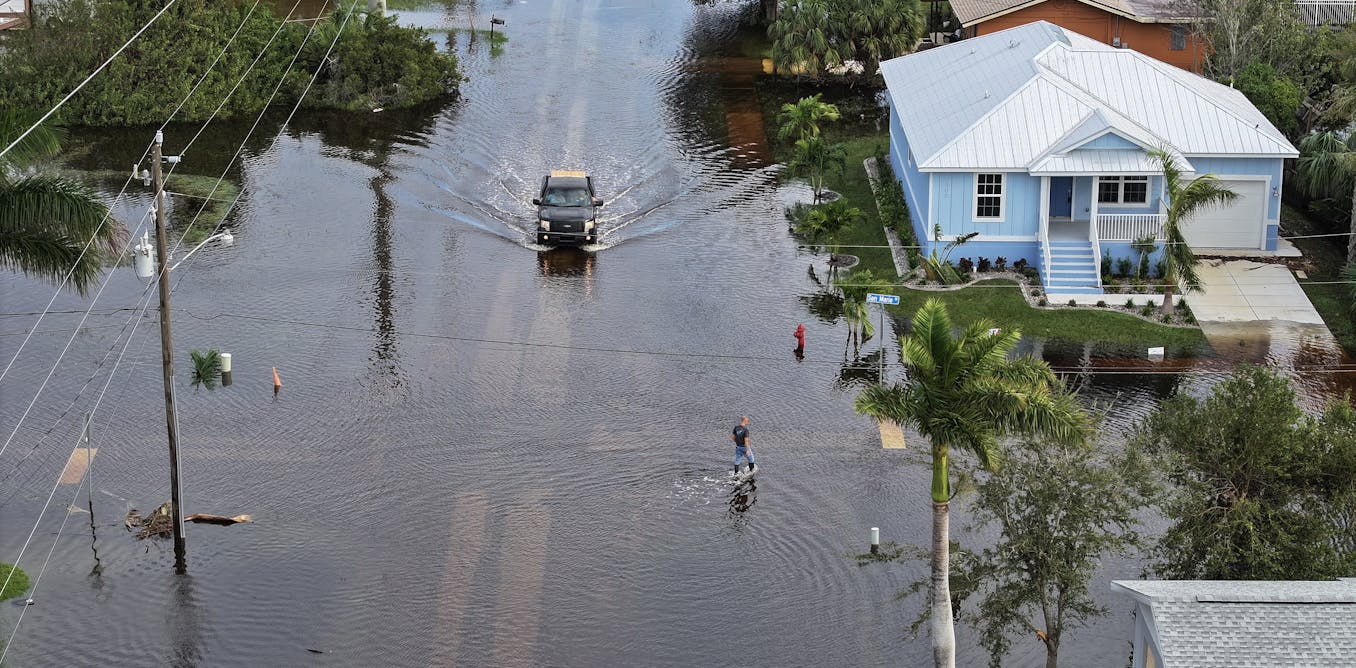Porta Nuova in Verona, Italy, is the result of then-modern city planning—in the year 1532. The gateway to the city, and its elaborate fortifications, was designed by Michele Sanmicheli, the Renaissance military architect who built fortresses in Crete, Cyprus, and Venice. Those thick walls are still standing, but Porta Nuova is now equally known for stubbornly blocking armies of cars, scooters, buses, bicycles and other traffic. Basta!
Now, an AI system of camera-and-radar sensors could help Verona unsnarl Porto Nuova traffic, gathering data to ultimately improve road safety and reduce carbon emissions. The technology comes from Bitsensing, a South Korean company founded in 2018 by automotive radar experts, in a joint project with the City of Verona and Italy-based Famas Systems.
Bitsensing installed ten of its traffic insight monitoring sensors (TIMOS) overlooking Porto Nuevo’s five entrance lanes and six exit lanes. TIMOS features on-device, or edge, AI to collect and transmit real-time data to an operations center supported by local servers. The AI is backed by the company’s 4D radar imaging with multi-chip cascading, the same type of tech that’s underpinning many autonomous vehicles.
Jae-Eun Lee, Bitsensing founder and chief executive, said the TIMOS unit combines a 24 gigahertz AI traffic radar with camera sensing, powered by NVIDIA Jetson with an integrated GPU.
“This means the elimination of cumbersome external PCs and cables, with TIMOS instead being a single system that rapidly moves data collection to analysis,” Lee said via email.
Using AI and Radar to Manage Traffic
Bitsensing says their radar combines especially high-resolution point clouds with long detection range and ultra-reliable object classification. The TIMOS units, roughly the size of a cable TV box, can simultaneously detect and classify up to 256 vehicles traveling at speeds up to 320 kilometers per hour—not a problem on Verona’s clogged main artery. Vehicles are automatically classified according to eight types, including passenger cars, motorcycles, buses, and light trucks. Data is collected 20 times per second, with a 300-meter maximum detection range, a 200-degree view width, and 30-degrees of view elevation. That’s enough to monitor eight highway lanes with traffic in two directions, and pick out every last Fiat Panda, Vespa scooter, or city bus.
Data is shared through a secure central router and displayed in a user console through Bitsensing’s “TraXight” software. Its dashboard displays hourly, daily, and weekly charts of traffic-and-pedestrian volumes, flow, overall statistics and event detection. The result, Lee said, is actionable information sent to operators at the City of Verona—population 700,000—that doesn’t require deep technical knowledge.
“With this analysis, planners can put in place mitigation measures informed not by guesswork but by data, such as expanding roads, changing traffic light timing, and rearranging the road…
Read full article: Traffic Jams: AI and Radar Seek to Manage Snarls in Italy

The post “Traffic Jams: AI and Radar Seek to Manage Snarls in Italy” by Lawrence Ulrich was published on 10/21/2024 by spectrum.ieee.org






































Leave a Reply